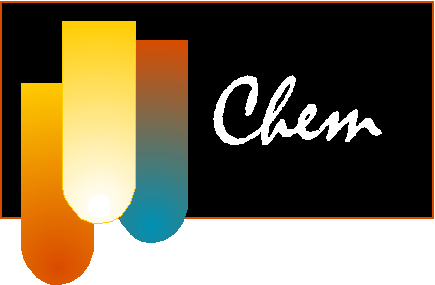to Wendy Keeney-Kennicutt's Course Portfolio for Chemistry 101 |  |
to Wendy Keeney-Kennicutt's Course Portfolio for Chemistry 101 |  |
| For the last several years I have been teaching off-sequence: teaching Chem 101 in the spring and Chem 102 in the fall. The students are more diverse in their science backgrounds, their ages and so teaching them is a bigger challenge (and more fun). The course has been dsigned to meet the demands of this diverse student population so that they will be successful in their subsequent courses. My primary task is to encourage them to interact with the material. The course has been designed to allow a student to fail once without permently harming his final grade IF the student can figure out what it takes to do well in a science course, like chemistry. Here is the breakdown of how a student earns his or her grade:
35% multiple choice part of exams You can easily see that a student can work hard and earn a good grade in the class, even if he or she is not the best test-taker. I do have some excellent students, but most have not had chemistry in at least 3 years or who failed the previous semester. My course allows them to gain confidence and do well IF they put in the required time. My students appreciate the variety of ways to earn grades independent of exams.
The grading however is complex, so after their third exam, I give my students an Excel grading calculator to help them determine how they are doing in the class.
|